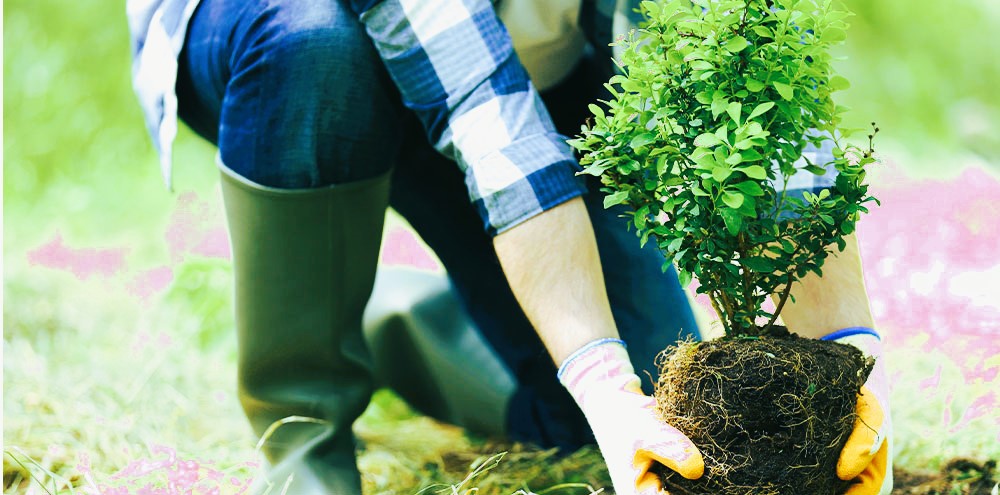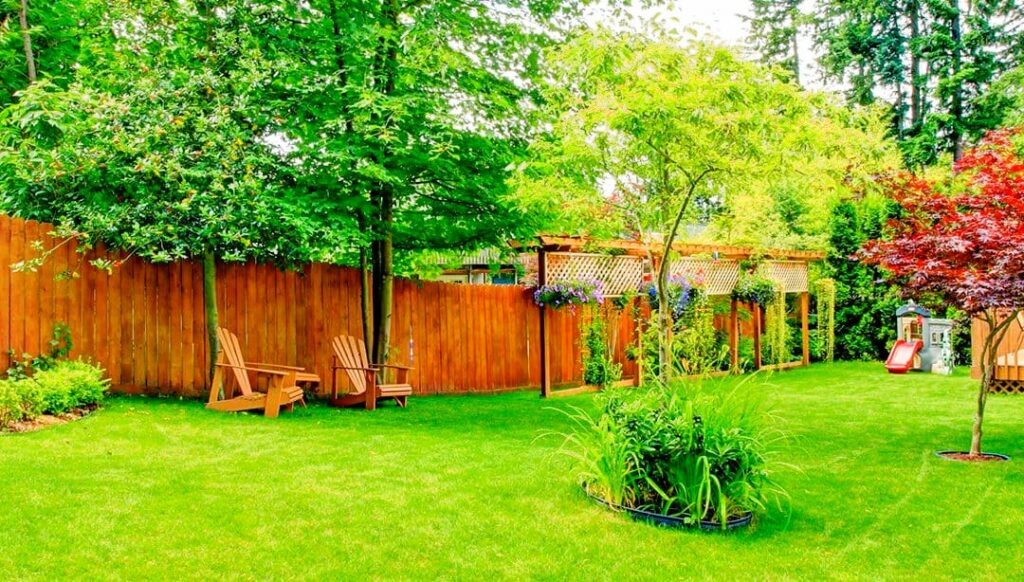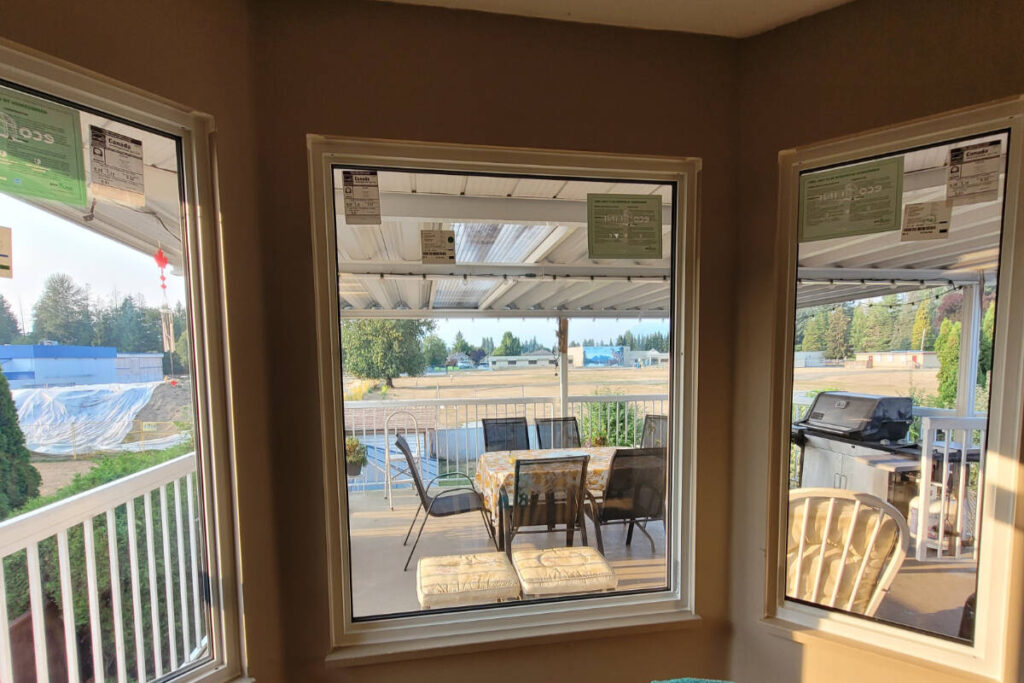
Trees and shrubs are the backbone of a well-landscaped yard. They provide shade, privacy, and visual interest, making your outdoor space more inviting and beautiful. To keep your trees and shrubs healthy and thriving, it’s essential to provide proper care and maintenance. In this article, we’ll share professional tips for caring for trees and shrubs in your yard, ensuring they reach their full potential and enhance your landscape.
1. Choose the Right Species
Selecting the right trees and shrubs for your region’s climate, soil type, and available space is the first step in successful care. Native species are often a wise choice because they are adapted to local conditions and require less maintenance.
2. Plant at the Right Depth
When planting, make sure the root collar (where the roots meet the trunk) is level with the soil surface. Planting too deep or too shallow can stress the tree or shrub.
3. Provide Adequate Watering
Proper watering is crucial, especially during the establishment phase. Water deeply and consistently, ensuring the roots receive sufficient moisture. Be mindful of overwatering, which can lead to root rot.
4. Mulch Your Trees and Shrubs
Applying a layer of mulch around the base of your trees and shrubs helps retain moisture, suppress weeds, and regulate soil temperature. However, avoid piling mulch against the trunk, as it can lead to disease and rot.
5. Prune Regularly
Pruning is essential for shaping trees and shrubs, removing dead or diseased branches, and promoting healthy growth. Prune during the dormant season to minimize stress on the plant.
6. Know When to Prune
Different trees and shrubs require pruning at specific times. Spring-flowering shrubs are best pruned after they bloom, while most deciduous trees can be pruned during late winter or early spring.
7. Use Proper Pruning Techniques
Learn the correct way to prune your specific trees and shrubs. Improper pruning can cause damage and hinder growth. Consult gardening guides or professionals for guidance.
8. Watch for Pests and Diseases
Regularly inspect your trees and shrubs for signs of pests or diseases. Early detection allows for prompt treatment. Consider using organic or integrated pest management (IPM) methods.
9. Fertilize Wisely
Understand your trees’ and shrubs’ nutrient requirements. Fertilize only when necessary and in the right amounts. Too much fertilizer can harm plants and the environment. Do you like the article? Read also about the benefits of professional maintenance of common areas in an apartment building
10. Support Young Trees
Newly planted trees may require staking or support until they establish strong root systems. Be sure to remove supports when no longer needed to prevent girdling.
11. Prune Suckers and Water Sprouts
Suckers (shoots from the rootstock) and water sprouts (vigorous, vertical shoots) should be pruned to direct energy to the main branches and maintain the plant’s shape.

12. Avoid Compacted Soil
Compacted soil can restrict root growth and water infiltration. Avoid excessive foot traffic around trees and shrubs, and consider aerating the soil if compaction occurs.
13. Monitor Soil pH
Some plants have specific pH preferences. Test your soil’s pH and adjust it if needed to ensure optimal growth conditions for your trees and shrubs.
14. Be Mindful of Overcrowding
Plant trees and shrubs with adequate spacing to prevent overcrowding. Overcrowded plants can compete for nutrients and light, leading to poor growth.
15. Plan for Future Growth
Consider the eventual size of your trees and shrubs when planting them. Planting too close to structures or other plants can lead to future problems.
16. Consider Professional Help
If you’re unsure about caring for specific trees or dealing with complex issues, consider consulting a professional arborist or horticulturist. They can provide expert guidance and services.
Conclusion
Caring for trees and shrubs in your yard requires attention to detail and a commitment to their well-being. Proper care not only enhances the beauty of your landscape but also ensures the longevity and vitality of these essential elements. By following these professional tips and staying attentive to your trees’ and shrubs’ needs, you can enjoy a lush and thriving yard for years to come.
For more in-depth information on tree and shrub care, you can visit Wikipedia’s Arboriculture website. These sources offer valuable insights and guidelines for caring for trees and shrubs in your specific region.



